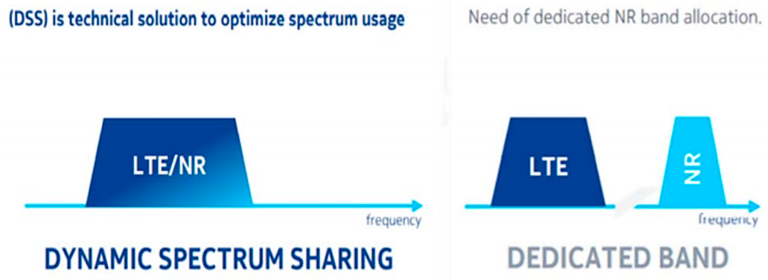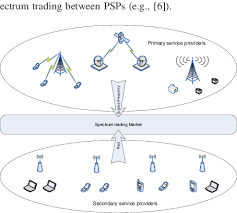What is WB (Wideband)? A Deep Dive into Wideband Technology
telcomatraining.com – Wideband (WB) technology has significantly transformed communication systems, providing clearer and more efficient transmissions. If you’ve ever used high-definition audio or video streaming services, chances are you’ve benefited from the power of wideband technology without even knowing it. This article will explore what wideband is, how it works, and its impact on various industries.
Understanding Wideband Technology
Wideband refers to a technology that uses a broad range of frequencies to transmit data, which allows for the transmission of more information at a faster rate. Unlike narrowband technology, which only utilizes a limited range of frequencies, wideband offers greater bandwidth. This increased bandwidth enables better signal clarity, higher-quality sound, and faster data transmission speeds.
In communication systems, the “bandwidth” is the range of frequencies that a system can use to transmit data. The wider the bandwidth, the more data can be sent in a given time. Wideband systems, therefore, play a pivotal role in modern communication, enabling high-speed data transfer, enhanced audio quality, and overall better performance.
Types of Wideband Technology
- Wideband Audio
Wideband audio is the most common form of wideband technology encountered in everyday use. It refers to the transmission of audio signals over a broader frequency range compared to traditional telephone systems. Traditional phone calls use narrowband audio, typically operating between 300 Hz and 3.4 kHz. In contrast, wideband audio can extend the frequency range to 50 Hz to 7 kHz or even higher. This extended range provides richer, more natural sound, which is especially noticeable during voice calls, such as those made over VoIP (Voice over Internet Protocol) or modern mobile networks. - Wideband Internet
In the context of internet services, wideband is commonly referred to as high-speed broadband. With wideband internet, users can experience faster download and upload speeds, which is essential for streaming high-definition videos, online gaming, and cloud-based applications. The technology behind wideband internet involves high-frequency carriers that carry larger volumes of data over the network. - Wideband Radio
Wideband radio communication involves the transmission of radio signals across a broader frequency spectrum. This technology is utilized in various sectors, including military communications, satellite systems, and emergency services, where the need for reliable and clear communication is critical.
Advantages of Wideband Technology
- Improved Signal Quality
One of the most notable benefits of wideband technology is the improvement in signal quality. By using a broader range of frequencies, signals can be transmitted with greater clarity, reducing distortions and noise. This is particularly evident in wideband audio, where conversations sound more natural and lifelike, eliminating the robotic tones commonly associated with narrowband systems. - Higher Data Transfer Rates
Wideband systems enable faster data transmission, allowing for smoother streaming, quicker downloads, and better performance for online applications. Whether you’re video conferencing, watching a movie, or playing an online game, wideband technology ensures a faster and more seamless experience. - Reduced Latency
In communication systems, latency refers to the delay between sending and receiving data. Wideband technology, particularly in audio and internet applications, helps reduce latency by allowing for more efficient transmission. This results in smoother interactions during real-time communication, such as voice calls and video conferences.
Wideband in Telecommunications
In telecommunications, wideband technology plays a critical role in improving the quality and speed of both voice and data communication. With the advent of technologies like 4G, 5G, and VoLTE (Voice over LTE), wideband has become an integral part of mobile networks, offering faster data transfer speeds and better voice clarity.
For example, Wideband Audio over LTE (WB-AoLTE) is a technology used in modern mobile networks to enhance voice calls. By offering a wider frequency range for voice transmission, it improves audio quality, making conversations sound more natural and intelligible, even in noisy environments.
The Future of Wideband Technology
As the demand for faster, higher-quality communication grows, the importance of wideband technology will continue to rise. With the ongoing development of 5G networks and beyond, we can expect even wider bandwidths and faster data speeds, enabling innovations in areas like virtual reality, autonomous vehicles, and the Internet of Things (IoT).
Moreover, the growing adoption of wideband audio in communication systems, such as telemedicine, remote work, and online education, will further drive the need for advanced wideband solutions. These innovations will enhance the overall user experience, making communication clearer and more efficient.
Conclusion
Wideband technology has become a cornerstone of modern communication systems, providing faster data transfer rates, superior sound quality, and reduced latency. Whether it’s in telecommunications, internet services, or radio communication, wideband is revolutionizing the way we connect. As technology continues to evolve, wideband will play an even more pivotal role in shaping the future of communication, offering faster, clearer, and more efficient ways to stay connected.
Embracing wideband technology will undoubtedly be essential for businesses and individuals looking to stay ahead in this ever-changing digital landscape.







